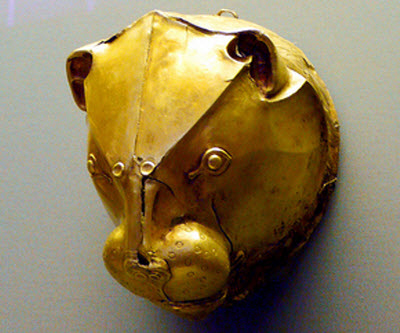Why the tumble in gold prices actually predicts a bullish market

No matter where I look, it seems as if there’s a rush to sell gold bullion.
For the week ended June 21, assets in the SPDR Gold Trust (NYSEArca/GLD)—the biggest gold bullion exchange-traded product (ETP)—declined below 1,000 tons. This is the first time since February of 2009 that the fund’s gold bullion holdings have reached this level. (Source: Bloomberg, June 24, 2013.)
That’s not all. Gold bullion holdings in ETPs have declined 533.3 metric tons this year alone and Societe Generale—one of the biggest banks in France, also referred to as SocGen—expects gold bullion investors to sell another 285 tons this year.
As readers of Profit Confidential know, I am a contrarian. Increased selling and a significant amount of negativity towards gold bullion is actually a bullish indicator to me. The decline is really separating the men from the boys. Remember: buy when there’s blood in the streets.
The prospects for gold remain very strong in spite of the price decline.
At the very core, what gold bullion essentially does is provide safety from uncertainty. The economic troubles we’ve had recently haven’t gone away—in fact, new troubles are emerging.
The health of the global economy looks to be deteriorating. As the eurozone problems have already exacted a toll, now problems in China are sending threats to the global economy. The country is expected to show anemic growth this year, and worries of a credit crunch in the Chinese economy are growing very quickly.
What gold bears don’t realize is that central banks in the global economy are still printing money. The Bank of Japan, through its quantitative easing, is buying almost $72.0 billion worth of bonds; the European Central Bank (ECB) has lowered its interest rates after it promised it will do whatever it takes to save the region.
Our own central bank, the Federal Reserve, is still printing money at $85.0 billion a month and buying government bonds and mortgage-backed securities (MBS). It hasn’t stopped just yet, but it has provided hints to the market that it soon might be pulling the punch bowl from the party.
On top of all this, the central banks around the global economy are still purchasing gold bullion to diversify their reserves. They can’t rely much on the “reserve currency,” the U.S. dollar, because it has become prone to wild swings.
Furthermore, the demand for gold is increasing among retail investors as well. They now have another chance to buy more gold bullion. It has been very well documented in these pages how the gold bullion-consuming countries in the global economy, like India and China, are seeing exuberant demand, and that here at home investors are rushing to buy more.
In the midst of negativity about gold bullion, I see bullish signs and I maintain my stance on the precious metal. When the gold bullion price will hit the bottom is very difficult to tell, but it doesn’t seem very far away.
More News
{{ commodity.name }}
{{ post.title }}
{{ post.date }}



Comments
jay
ill buy gold. i can 1400 this yr.